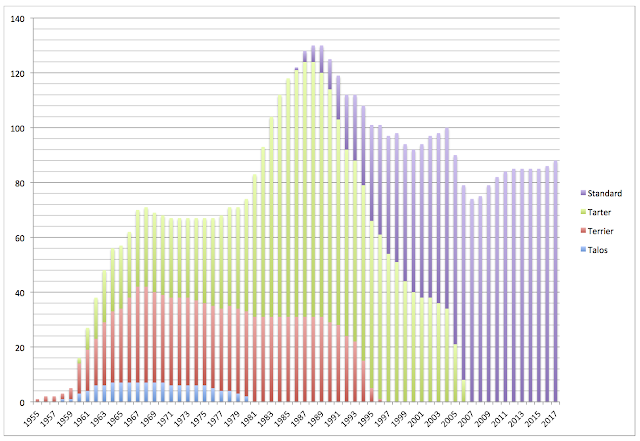Float Plane Cruisers (1920-1940)

The introduction of the cruiser float plane after the Great War vastly improved the scouting efficiency of navies. So let's take a closer look at this rather underappreciated naval development. While the aircraft are an interesting subject themselves, the cruisers that operated floatplanes have been severely neglected despite being a critical part of interwar naval strategy. Japan Despite the early experiments by the United States and the large number of seaplane tenders and early carriers commissioned by Great Britain, the first navy to put float panes on its cruisers was in fact the Japanese. The Nagara - class light cruisers (lead ship commissioned in 1922) were constructed with flying off platforms above their bow armament and one plane hangers built into their bridges. This unusual arrangement was repeated in the 1924 Sendai - class and the 1926 Furutaka - class heavy cruisers also commissioned with flying off platforms (but mounted on their aft Number 4 turrets rather than...




